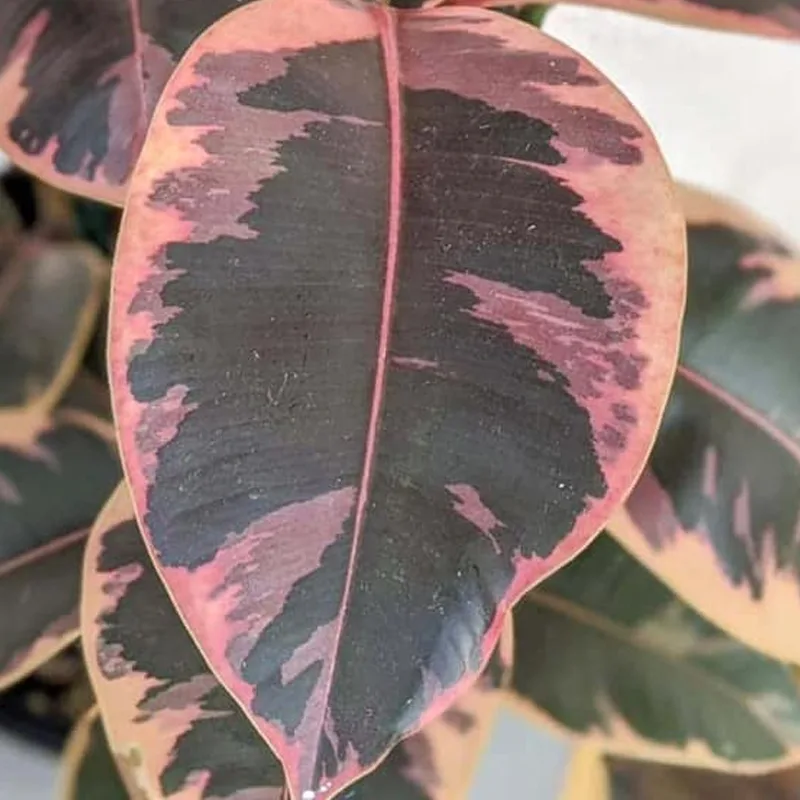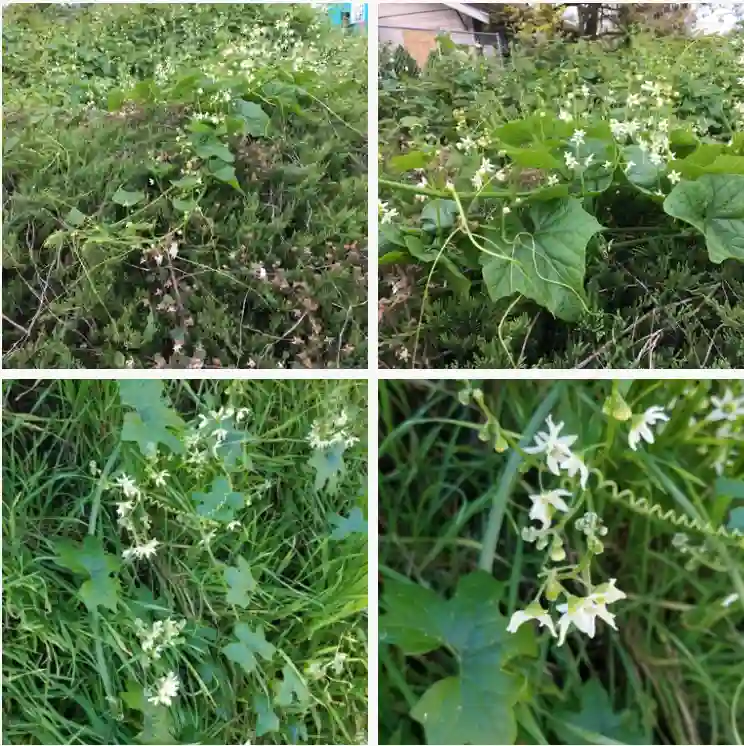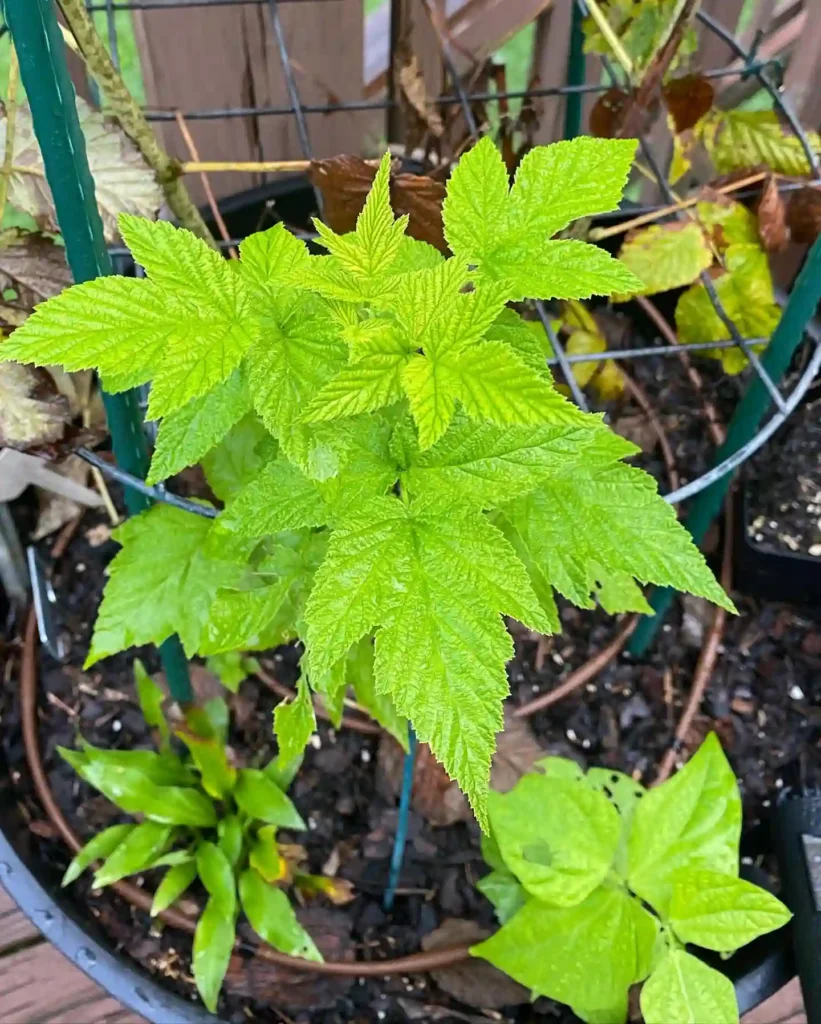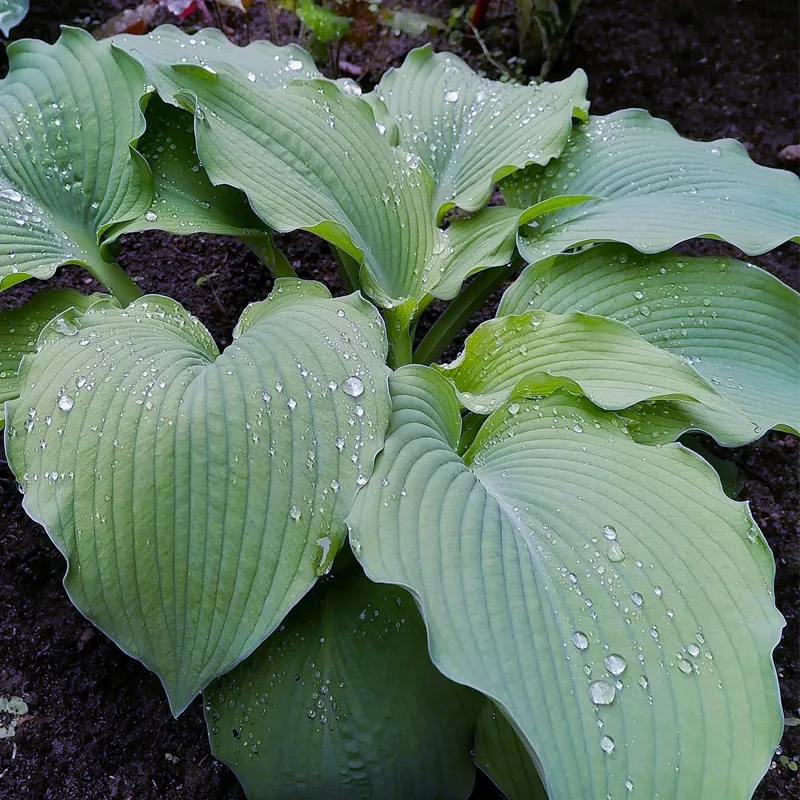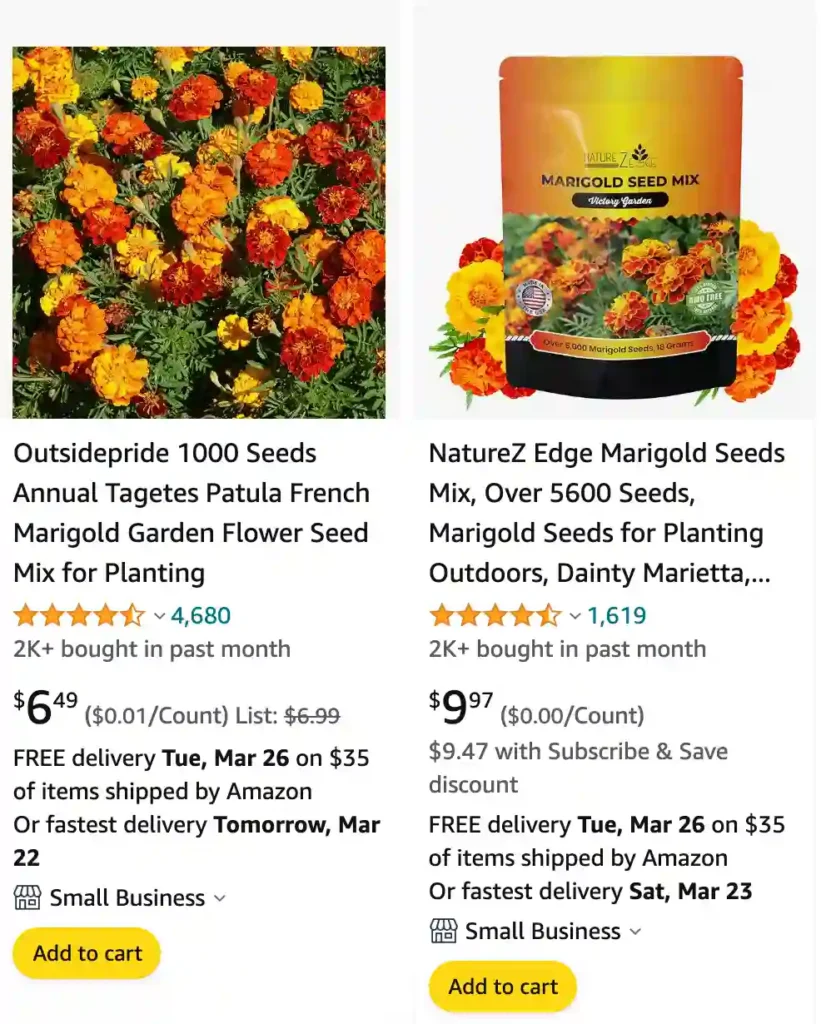
Marigolds: A Vibrant Tapestry of Gold
My name is Ferb Vu, and I’ve always been drawn to the vibrant hues of nature. Among the many flowers that grace our world, marigolds hold a special place in my heart. Their golden blossoms, reminiscent of miniature suns, evoke a sense of warmth and joy. Today, I want to delve into the fascinating world of marigolds, specifically the genus Tagetes, and explore the diversity and beauty of these remarkable plants.
A Diverse Genus
The genus Tagetes encompasses a rich variety of annual and perennial plants, mostly herbaceous, belonging to the Asteraceae family. While commonly referred to as marigolds, this term can also apply to other plant groups. What sets Tagetes apart is its unique blend of vibrant colors, distinctive aromas, and cultural significance.
FAQs
Are marigolds perennials?
I always thought marigolds were perennials because I’d see them pop up year after year in my grandma’s garden. Turns out, she must have gotten lucky with some self-seeding varieties! Now that I’m planting my own flowers, I learned most marigolds are annuals. It was a bit disappointing, but on the bright side, they’re so easy to grow from seed that I can basically have a never-ending supply of sunshine in my garden every summer.
Where to buy marigolds?
You have some great options for finding marigolds:
Garden Centers and Nurseries: This is the classic spot! You’ll likely find the widest selection of marigold varieties, from compact dwarf kinds to giant, showy blooms. Plus, you can get advice from the staff.
Farmers Markets: Local farmers often sell beautiful and healthy marigold seedlings in the spring. You’ll be supporting small businesses too!
Home Improvement Stores: They usually have a decent selection of marigolds in their gardening sections – they’re easy to find!
Online Retailers: Online seed catalogs and plant shops offer tons of choices, including some rarer marigold varieties. Just be sure to calculate shipping costs!
Are marigolds deer resistant?
Marigolds definitely help deter deer, which is why I always include them throughout my garden beds! Their pungent smell throws the deer off, making them steer clear of my more precious flowers and veggies. It’s not a fool-proof solution though. I’ve heard stories of hungry deer sometimes munching them if they’re desperate enough. Luckily, most of the time the marigolds do their job and keep my prized plants safe.
Are marigolds poisonous to cats?
This one always worries me a bit since I have two curious cats who love to explore my backyard! I’ve learned that it depends on the variety. Pot marigolds are generally safe, but some of the other marigold types can cause stomach upset in cats if they nibble on them. To be on the safe side, I keep the marigolds in raised beds or tall containers, making them hard for my little furballs to reach.
Are marigolds poisonous to cats?
This one always worries me a bit since I have two curious cats who love to explore my backyard! I’ve learned that it depends on the variety. Pot marigolds are generally safe, but some of the other marigold types can cause stomach upset in cats if they nibble on them. To be on the safe side, I keep the marigolds in raised beds or tall containers, making them hard for my little furballs to reach.
Do marigolds need full sun?
Absolutely! I love planting marigolds in the hottest, sunniest spots in my garden. They absolutely thrive in full sun, and that’s when I notice them blooming with the most vibrant colors. Sometimes they can tolerate a touch of partial shade, especially in really hot climates, but overall, the sunnier, the better for marigolds. It’s almost like watching the sun fuel their little bursts of yellow and orange.
Do bees like marigolds?
I’ve noticed bees are definitely drawn to marigolds! There always seem to be a few buzzing around when my marigold plants are in full bloom. I think it’s a combination of the bright color attracting them and the sweet nectar the flowers offer. It’s really satisfying to know that my choice of flowers is not only brightening up the yard but also providing a little pit stop for the busy bees.
What eats marigolds?
Sadly, I’ve battled my fair share of pests enjoying a marigold feast. The worst offenders in my garden have been slugs and snails. Those slimy critters seem to leave trails across my leaves overnight and can munch some pretty big holes. I’ve also dealt with aphids – those tiny sap-sucking bugs can really do a number on the plants. Oh, and sometimes rabbits decide to nibble, but not as often as the creepy crawlies!
Can chickens eat marigolds?
Yes, chickens actually enjoy marigolds! Not only are they safe for chickens to snack on, but they can even be beneficial. Marigolds contain nutrients that are good for them, and the bright yellow petals can make their egg yolks more vibrant! I sometimes toss some fresh blossoms or dried, crumbled petals into their feed as a little treat. The addition of color is always a fun surprise when cracking open the eggs.
Do marigolds keep rabbits away?
Sadly, the old myth about marigolds repelling rabbits doesn’t really hold up in my experience. I used to think the strong smell might deter the furry munchers, but I’ve seen them nibble right past blooming marigold plants! Bunnies have caused some major headaches in my garden, and it seems they aren’t put off by the cheery flowers. Fencing has been the only truly effective way to keep them away from my plants.
How often to water marigolds?
Marigolds are pretty forgiving, but the watering frequency depends on a few things. In my experience, here’s a good rule of thumb:
Established Plants: A good, deep watering once or twice a week does the trick, especially in warm weather. The goal is to moisten the soil a few inches down, but avoid making it soggy.
Pots and Containers: These dry out faster, so I often need to water them every other day – sometimes even daily during a heatwave.
Check the Soil: The finger test is the best way! Stick your finger an inch or two into the soil – if it feels dry, it’s definitely time to water.
What do marigolds symbolize?
Marigolds hold a fascinating mixture of meanings across different cultures. For me, they’ve always symbolized the vibrant joy of summer. But beyond that, they have deeper symbolism:
Sun and Warmth: Their bright colors represent the warmth of the sun and are often associated with positive energy and optimism.
Passion and Creativity: The fiery red and orange hues can symbolize passion, creativity, and determination.
Grief and Remembrance: In some cultures, especially within Mexican traditions for Dia de Los Muertos, marigolds connect to grief, remembrance, and honoring those who have passed.
It’s amazing how a simple flower can carry such profound and varied meanings!
Why are my marigolds dying?
There are a few suspects to investigate when your marigolds start looking poorly:
Watering Issues: Both under and overwatering can be culprits. Check the soil – too dry or too soggy are common causes of plant trouble. Adjust your watering schedule accordingly!
Diseases: Fungal diseases like root rot or blight can attack marigolds, especially in damp conditions. Watch for wilting, brown spots, and mushy stems.
Pests: Aphids, spider mites, or slugs and snails can wreak havoc on your marigolds. They suck the sap, weaken the plant, and can spread disease.
Too Much Shade: Marigolds adore the sun! If they’re not getting enough light, they’ll start to struggle.
End of Season: Remember, most marigolds are annuals, so they naturally die off after their bloom cycle finishes.
Do some detective work and see if you can pinpoint the likely cause for your marigolds’ distress!
Can marigolds grow in shade?
While marigolds are pretty tough, they really do prefer to soak up the sun. They’ll tolerate a bit of partial shade, especially in really hot climates where the afternoon sun can be brutal. But if you plant them in full shade, expect them to get leggy, produce fewer flowers, and be more susceptible to pests and diseases. For the happiest, healthiest marigolds, those sunny spots are the way to go!
Do hummingbirds like marigolds?
Hummingbirds don’t typically go crazy for marigolds like they do for some other flowers. Marigolds don’t produce as much of the sweet nectar that hummingbirds crave, and their flower shape isn’t the easiest for those tiny beaks to access.
However, that doesn’t mean hummingbirds will totally ignore your marigolds! If there aren’t many other options around, they might still take a sip. Plus, marigolds attract insects, which hummingbirds also love to snack on. So, while it might not be their first choice, marigolds can still play a role in attracting hummingbirds to your garden.
How cold can marigolds tolerate?
Marigolds are surprisingly tough, but they definitely aren’t fans of the cold. They can handle light frosts, maybe down to about 40°F (around 4°C), but anything colder will start causing damage. Prolonged freezes are a death sentence for most marigold varieties. It’s best to think of them as warm-weather lovers who thrive in the heat and sunshine.
How many marigolds per square foot?
When planting marigolds using the square foot gardening method, the recommendation is to plant up to 4 marigold plants per square foot. This works best with compact, dwarf types of marigolds. If you’re using larger varieties, you might want to stick with 2-3 plants per square foot to avoid overcrowding.
Marigold vs Calendula
In my garden, marigolds tend to have a more vibrant, fiery hue compared to the softer, more delicate tones of calendulas, and while both are great for adding color, marigolds have a sturdier, bushier presence that I find more reliable for longer-lasting blooms.
Marigold vs Ragweed
I’ve found that marigolds are a much more pleasant choice than ragweed; the latter’s aggressive growth and tendency to spread made my allergies flare up, whereas marigolds provided a cheerful burst of color without the sneezing fits.
Marigold vs Carnation
Carnations bring a certain elegance to the garden with their frilly petals, but I prefer marigolds for their low-maintenance nature and constant blooms—plus, the marigolds’ vibrant orange and yellow tones always seem to brighten up my garden more than the more subdued carnations.
Marigold vs Chrysanthemum
Chrysanthemums are stunning and come in a variety of colors, but I’ve had better luck with marigolds in terms of overall hardiness and ease of care; marigolds bloom more consistently in my garden, while chrysanthemums sometimes seem to struggle with pests and weather changes.
Marigold vs Cempasuchil
Marigolds and cempasuchil, or Mexican marigolds, are quite similar, but cempasuchil has a more traditional significance in Day of the Dead celebrations; while I love the look of both, cempasuchil’s deep cultural connection adds a layer of meaning that marigolds alone don’t offer.
Marigold vs Mustard
Marigolds definitely outshine mustard plants in terms of ornamental appeal; mustard’s yellow flowers are nice, but they don’t hold a candle to the bright, consistent blooms of marigolds that really make my garden pop.
Marigold vs Peony
Peonies are beautiful with their large, fragrant blooms, but marigolds are more reliable for constant color throughout the growing season; peonies, though stunning, tend to have shorter bloom periods and require a bit more attention.
Marigold vs Pot Marigold
While pot marigolds are charming with their cheerful, daisy-like flowers, I’ve found regular marigolds to be more resilient and forgiving; pot marigolds are lovely for container gardens, but in my experience, marigolds handle garden conditions better and provide a more robust display.
Marigold vs Sunflower
Sunflowers make a bold statement with their towering height and large blooms, but I appreciate marigolds more for their versatility and ability to provide a steady, cheerful presence throughout the growing season; sunflowers are great for a dramatic effect, but marigolds are my go-to for reliable, continuous color.
Marigold vs Midas
Marigold and Midas are both striking, but I’ve found that Midas, while unique, doesn’t quite have the consistent blooming power of marigolds; marigolds offer a more dependable display and blend well with a variety of other plants in my garden.
Species within the Genus
The Tagetes genus boasts a diverse array of species, each with its own unique characteristics and charm:
- Tagetes apetala Posada-Ar.
- Tagetes arenicola Panero & Villaseñor
- Tagetes argentina Cabrera
- Tagetes biflora Cabrera
- Tagetes campanulata Griseb.
- Tagetes coronopifolia Willd.
- Tagetes daucoides Schrad.
- Tagetes dianthiflora Kunth
- Tagetes dombeyi Schiavinato, D.G.Gut. & Adr.Bartoli
- Tagetes elliptica Sm.
- Tagetes epapposa B.L.Turner
- Tagetes erecta L. Plant FAQs: Tagetes Erecta
- Tagetes filifolia Lag.
- Tagetes foetidissima DC.
- Tagetes gracilis DC.
- Tagetes hartwegii Greenm.
- Tagetes iltisiana H.Rob.
- Tagetes imbricata Schiavinato & Adr.Bartoli
- Tagetes lacera Brandegee
- Tagetes laxa Cabrera
- Tagetes lemmonii A.Gray Plant FAQs: Tagetes Lemmonii
- Tagetes linifolia Seaton
- Tagetes lucida Cav. Plant FAQs: Tagetes Lucida
- Tagetes lunulata Ortega
- Tagetes mandonii Sch.Bip. ex Klatt
- Tagetes micrantha Cav.
- Tagetes minuta L. Plant FAQs: Tagetes Minuta
- Tagetes mirandae Schiavinato & Adr.Bartoli
- Tagetes moorei H.Rob.
- Tagetes mulleri S.F.Blake
- Tagetes multiflora Kunth
- Tagetes nelsonii Greenm.
- Tagetes oaxacana B.L.Turner
- Tagetes ostenii Hicken
- Tagetes palmeri A.Gray
- Tagetes parryi A.Gray
- Tagetes pauciloba DC.
- Tagetes perezii Cabrera
- Tagetes persicifolia (Benth.) B.L.Turner
- Tagetes praetermissa (Strother) H.Rob.
- Tagetes pringlei S.Watson
- Tagetes riojana M.Ferraro
- Tagetes rupestris Cabrera
- Tagetes sororia Standl. & Steyerm.
- Tagetes stenophylla B.L.Rob.
- Tagetes subulata Cerv.
- Tagetes tenuifolia Cav. Plant FAQs: Tagetes Tenuifolia – Signet Marigold – Lemon Marigold
- Tagetes terniflora Kunth
- Tagetes verticillata Lag. & Rodr.
- Tagetes zypaquirensis Bonpl.
Cultural Significance
Marigolds have held cultural significance across various societies for centuries. In Mexico, Tagetes erecta plays a central role in the Día de Muertos (Day of the Dead) celebrations, where its vibrant blossoms are believed to guide the spirits of the deceased back home. In Hinduism, marigolds are often used in garlands and offerings to deities, symbolizing purity and auspiciousness.
Beyond Beauty
While marigolds are prized for their ornamental value, they also offer a range of practical benefits. Their strong scent acts as a natural deterrent for pests, making them a popular choice for companion planting in gardens. Some species, like Tagetes minuta and Tagetes lucida, are used in traditional medicine and culinary applications.
A Personal Connection
My fascination with marigolds stems from their ability to evoke a sense of warmth, joy, and connection to nature. Their vibrant colors and distinctive aromas create a sensory experience that is both uplifting and grounding. Whether adorning gardens, gracing altars, or adding flavor to dishes, marigolds bring a touch of vibrancy and cultural richness to our lives.
A Symbol of Resilience
Marigolds are not just beautiful; they are also remarkably resilient. They thrive in a variety of climates and soil conditions, symbolizing strength and adaptability. Their ability to flourish even in harsh environments serves as an inspiration to persevere through challenges and embrace life’s vibrant tapestry.
A Legacy of Beauty
As I continue to explore the world of Tagetes, I am constantly amazed by the diversity and beauty of these remarkable plants. From the towering Tagetes erecta to the delicate Tagetes tenuifolia, each species offers a unique expression of nature’s artistry. Their vibrant colors, distinctive aromas, and cultural significance weave a rich tapestry that has captivated hearts and minds for generations.
In Conclusion
The genus Tagetes is a testament to the beauty and diversity of the natural world. Its vibrant blossoms, distinctive aromas, and cultural significance make it a truly remarkable group of plants. Whether adorning gardens, gracing altars, or adding flavor to dishes, marigolds bring a touch of vibrancy and cultural richness to our lives. As I continue to explore the world of Tagetes, I am filled with a sense of wonder and appreciation for these remarkable plants. Their legacy of beauty and resilience serves as an inspiration to embrace life’s vibrant tapestry and cherish the natural wonders that surround us.
